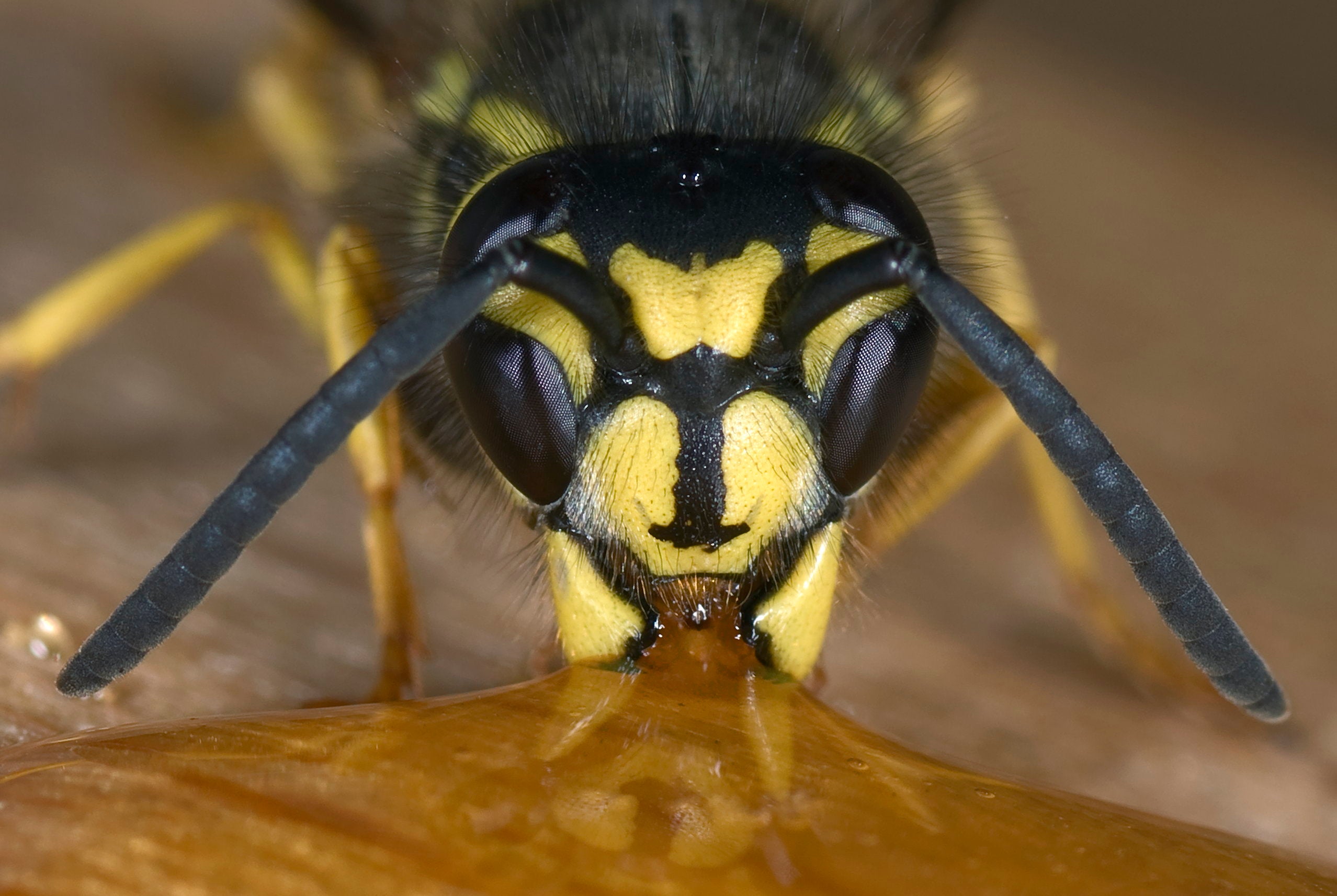We may earn money or products from the companies mentioned in this post.
Macro photography captures small subjects’ intricate details and beauty, such as insects. While a DSLR (digital single-lens reflex camera) camera with a dedicated macro lens is ideal for this type of photography, it is not always necessary. With a point-and-shoot camera, you can still achieve stunning macro shots of insects with little know-how. This post will explore tips and techniques for mastering macro photography with a point-and-shoot camera.
Zoom in And Get Close
 One of the keys to macro photography is getting as close as possible to your subject. With a point-and-shoot camera, you may not have the option to change lenses, so you’ll need to make use of the camera’s macro setting, which allows you to focus on subjects that are close up. This is typically a setting on the camera that can be found in the menu or on the mode dial. When you switch to macro mode, the camera will automatically adjust the lens and aperture to allow you to focus on subjects just a few centimeters away.
One of the keys to macro photography is getting as close as possible to your subject. With a point-and-shoot camera, you may not have the option to change lenses, so you’ll need to make use of the camera’s macro setting, which allows you to focus on subjects that are close up. This is typically a setting on the camera that can be found in the menu or on the mode dial. When you switch to macro mode, the camera will automatically adjust the lens and aperture to allow you to focus on subjects just a few centimeters away.
To capture detailed images of an insect, activate the camera’s zoom feature and move closer to the subject. This will allow you to focus on specific attributes and capture intricate details that may be missed with a wider shot. Experiment with different zoom levels to find the perfect level of magnification for your subject.
Lighting is Everything
One of the critical elements of macro photography is lighting. When shooting in macro mode, it’s essential to have plenty of light to illuminate your subject. You can achieve this by using natural light, a flash, or a diffused light source. Use a diffuser to soften the light if you are using a flash. This will reduce the possibility of harsh shadows or washed-out areas. You can also use a reflector to bounce light back onto your subject. Some creative thinking can go a long way in adequately exposing your subject.
Steady as She Goes
For sharp macro shots, it’s crucial to keep your camera steady, especially if you’re using a point-and-shoot camera without image stabilization. To achieve this, use a tripod or beanbag to support your camera. Additionally, to prevent camera shake, which results in an unclear use of the self-timer function to avoid any camera shake when you press the shutter button.
Playing with Perspective
Using perspective in macro photography can help to create a sense of depth and dimension in the image, making the subject appear more three-dimensional and natural. This can be achieved by positioning the camera at different angles relative to the subject, such as shooting from above or below or using a wide-angle lens to capture more of the surrounding environment. Additionally, perspective can help emphasize specific parts of the subject, such as its eyes or wings, by placing them in the image’s foreground. Perspective can add visual interest and make the subject appear more lifelike in a macro photograph.
In Simple Terms
Here are ten tips for shooting macro photography with a point-and-shoot camera:
- Use a tripod or other stable surface to stabilize your camera while shooting.
- Use the macro setting on your camera to get the closest possible shot.
- Use a shallow depth of field to isolate the subject from the background.
- Choose a well–lit location to maximize the amount of light entering your lens.
- Use manual focus mode to get the most precise focus.
- Use a remote shutter release or timer to reduce camera shake.
- Use a ring light or macro flash to better illuminate the subject.
- Experiment with different angles and perspectives to create more interesting compositions.
- Use a diffuser to soften harsh shadows.
- Take multiple shots with different exposures to help capture the best possible image.
Wrapping It All Up
Macro photography can be a highly rewarding and enjoyable experience, even with a point–and–shoot camera. With the right technique and equipment, you can capture stunning images that bring out the unique beauty of small creatures and objects in fantastic detail. You can make macro photography an enjoyable and successful endeavor by taking the time to get close to your subject, using the correct lighting, keeping your camera steady, and changing your perspective.

